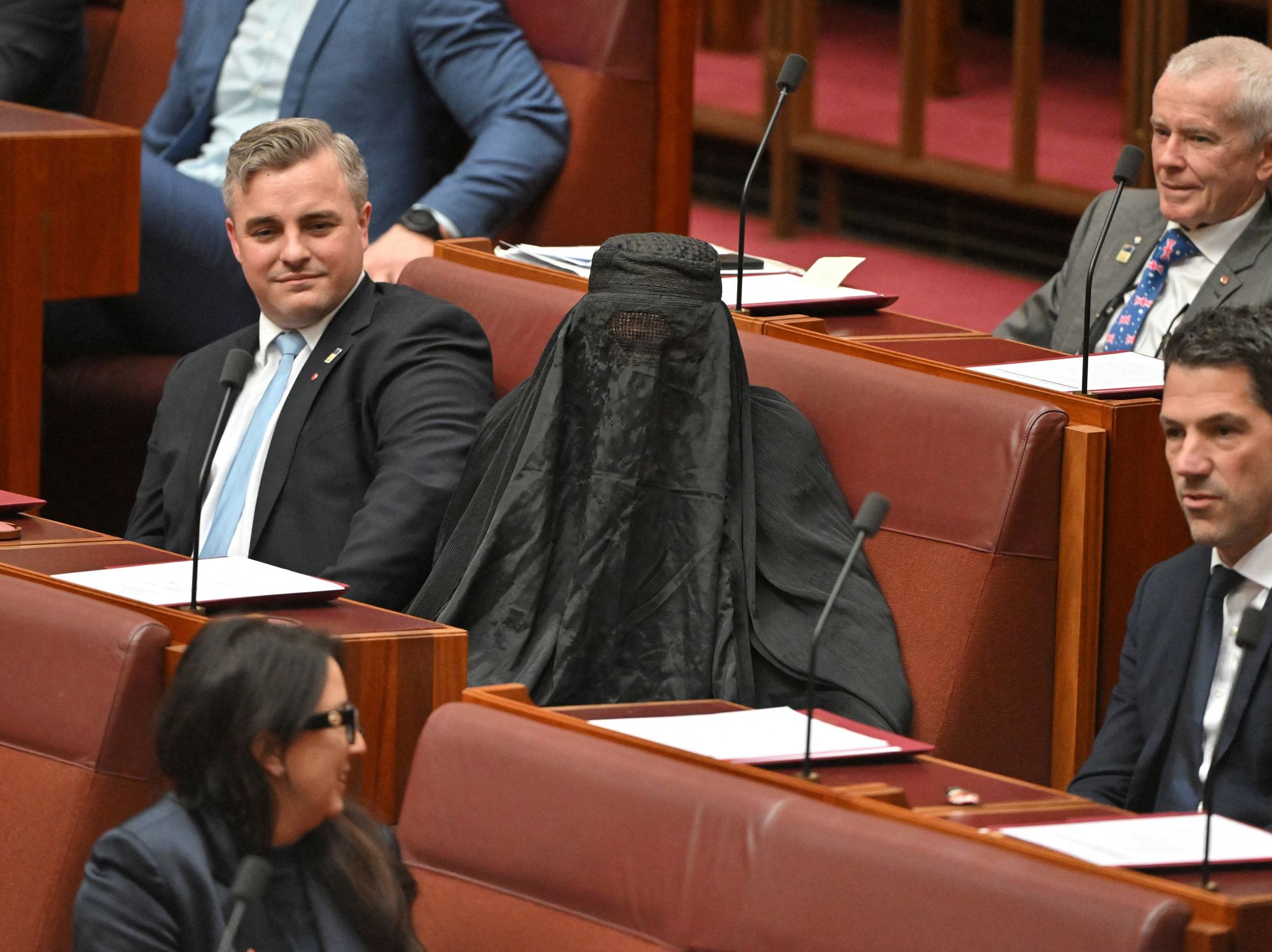Furlough: Government borrowing falls in November on end of scheme
Central government bodies spent £76.6 billion over the month, representing a decline of £5.7 billion, or 6.9%, from the same month last year.
Don't Miss
Most Read
Latest
Government borrowing dropped last month as the end of the furlough scheme helped to reduce public spending.
Public sector borrowing stood at £17.4 billion in November, dropping by £4.9 billion from the same month a year earlier, according to official figures.
It was higher than the £16 billion forecast by analysts at Pantheon Macroeconomics.
Although the figures are noticeably below the same month in 2020, it also remains almost £12 billion higher than the same month in 2019, before the pandemic struck.
The Office for National Statistics (ONS) said the end of furlough and reductions in other financial support helped offset deeper costs from the vaccination programme and higher interest payments.
Central government bodies spent £76.6 billion over the month, representing a decline of £5.7 billion, or 6.9%, from the same month last year.
Savings from the end of the coronavirus job retention scheme in October helped to contribute to this decline.
Meanwhile, central government receipts rose by £2.5 billion to £61.1 billion compared with the same month last year.
It saw tax income increase on the back of recovering economic activity, as well increases to hospitality VAT.
The ONS added that public sector borrowing from the end of March to November has been £136 billion, representing the second highest since records began in 1993.
Samuel Tombs, chief UK economist at Pantheon Macroeconomics, said he believes “the trend in public borrowing is about to deteriorate markedly” as a result of the spread of the Omicron variant of coronavirus.
He added: “Full-year debt interest payments look set to exceed the OBR’s (Office for Budget Responsibility) forecast by £5 billion, due to the recent pick-up in RPI inflation, with the uplift concentrated towards the end of this fiscal year.
“In addition, the rapid surge in Covid-19 cases has left the OBR’s forecast for GDP to rise by 1.9% quarter-on-quarter in Q4 and 1.2% in Q1 looking far too upbeat.
“We currently expect GDP to rise by 0.6% in Q4 and then to stagnate in Q1, though this assumes no businesses are forced to close; the risks clearly are to the downside.”
The data also shows that public sector debt, excluding public sector banks, stood at £2.32 trillion at the end of the month, or about 96.1% of GDP.
As a result, public sector has reached levels not seen since the early 1960s, the ONS said.











